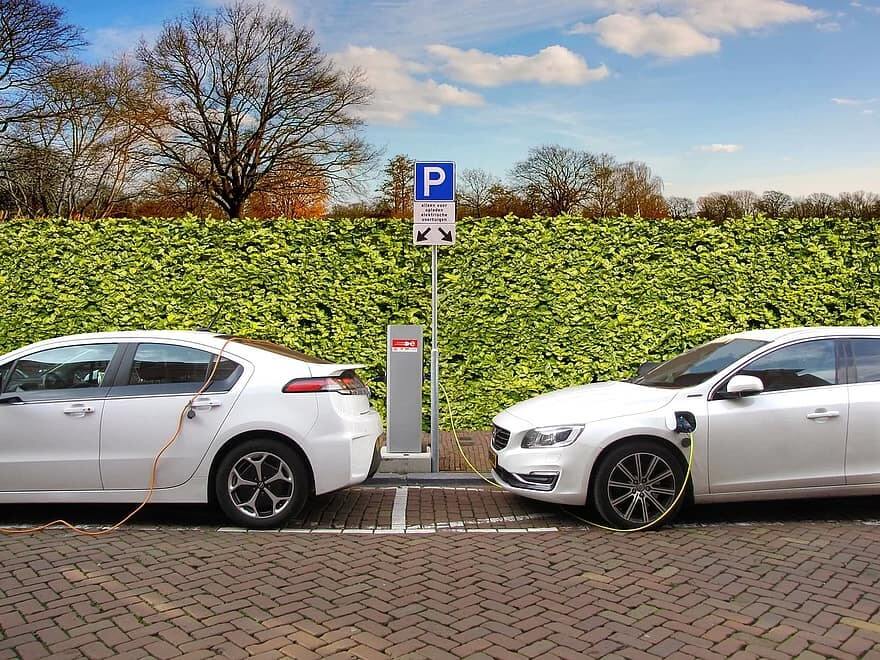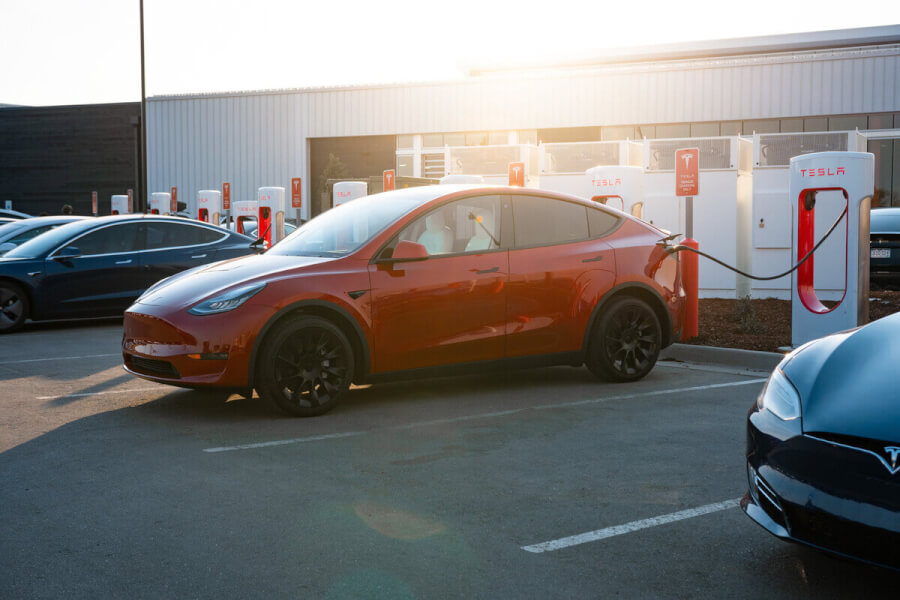Electric cars are growing in popularity, but their potential to catch fire is scaring people in the headlines.
How many electric cars catch fire every year? Do they pose a danger to drivers and passengers? As electric cars become more popular, news portals are increasingly reporting their possibility of catching fire. Regardless of whether the electric car really caught fire, the blame is on exactly these vehicles. Statistics show that this is a rare occurrence, but the risks of ignition are not 0.
Although there are no uniform statistics on electric car fires in Europe, the US National Transportation Safety Board (NTSB) has published 2020 statistics on car fires according to their energy type per 100’000 vehicles:
- Gasoline/diesel: 1529.9 (2020 total 199’533)
- All-electric: 25.1 (52)
- Hybrids (both PHEV and MHEV): 3,474.5 (16,051)
According to statistics published by the NTSB, it is hybrid cars that have the highest probability of catching fire, which equates to 3.4% compared to 1.5% for gasoline/diesel vehicles. Meanwhile, the statistics for electric cars are significantly lower. The probability that the vehicle will catch fire is only 0.03% or 113 times less than for hybrid cars or 50 times less than for internal combustion cars.
Why hybrids?
It is estimated that the load on the overall system is higher for hybrid cars, because they have to work in tandem with both the electric drive, which has a significantly lower power motor and battery than a typical electric car, which means that the load on the system is higher, and the internal combustion drive, which less space is allocated and additional weight must be carried due to the electric drive part. On top of all that – communication between systems, which means additional cables and wires that increase fire risks.

Although the statistics of an electric car are not surprising, because the whole system is much simpler than that of an internal combustion engine. Fewer parts and the simplicity of the system means there is also less risk of fire. The counterargument could be that electric cars are newer. After all, the Tesla Model S is only 11 years old, while the average age of cars in the US is 12 years. However, the latest statistics currently show that there are almost 2 million electric cars in the US, which means that if there were problems, they should also appear in the statistics.

What about charging?
The NTSB does not have statistics on how many fires have occurred during charging, but in a study conducted by carsmetric.com it turned out that 3-5 such fires have occurred in the USA between 2019 and 2022. These fires have occurred in previously damaged machines.
The electric car and the charging device continuously communicate about the charging progress and if the car or the charger feel, that something is wrong, charging is stopped. However, if the car battery is damaged, the car may notice too late that something is wrong.
What are the statistics of Latvia?
Of the 4,000 electric cars currently registered in Latvia, there is no known case of fire. At the same time, there are cases of ignition of internal combustion cars an everyday occurrence. It catches fire every year in Latvia about 600 cars or 1.6 cars per day. Because it’s such a regular occurrence, an internal combustion car catching fire doesn’t create as much of a stir as an electric car catching fire. That is why these rare cases sound very loud.
If you notice an error in the article, let us know about it by highlighting the reverse text and pressing Ctrl+Enter. Thank you!


/s3/static.nrc.nl/images/gn4/stripped/data97378512-27184f.jpg)